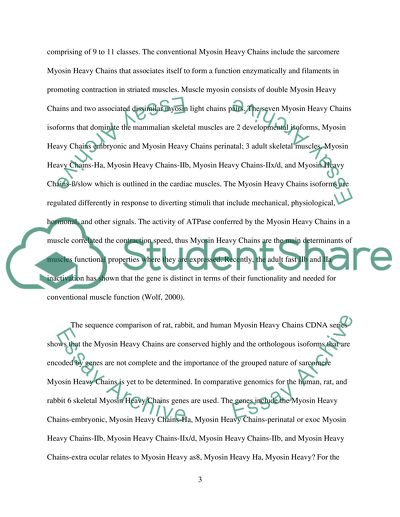Cite this document
(“Comparative genomics using myosin heavy chain gene of 3 related Essay”, n.d.)
Comparative genomics using myosin heavy chain gene of 3 related Essay. Retrieved from https://studentshare.org/biology/1628497-comparative-genomics-using-myosin-heavy-chain-gene-of-3-related-species-humanratrabbit-and-3-unrelated-humanfishchicken-just-3000-word-introduction-only
Comparative genomics using myosin heavy chain gene of 3 related Essay. Retrieved from https://studentshare.org/biology/1628497-comparative-genomics-using-myosin-heavy-chain-gene-of-3-related-species-humanratrabbit-and-3-unrelated-humanfishchicken-just-3000-word-introduction-only
(Comparative Genomics Using Myosin Heavy Chain Gene of 3 Related Essay)
Comparative Genomics Using Myosin Heavy Chain Gene of 3 Related Essay. https://studentshare.org/biology/1628497-comparative-genomics-using-myosin-heavy-chain-gene-of-3-related-species-humanratrabbit-and-3-unrelated-humanfishchicken-just-3000-word-introduction-only.
Comparative Genomics Using Myosin Heavy Chain Gene of 3 Related Essay. https://studentshare.org/biology/1628497-comparative-genomics-using-myosin-heavy-chain-gene-of-3-related-species-humanratrabbit-and-3-unrelated-humanfishchicken-just-3000-word-introduction-only.
“Comparative Genomics Using Myosin Heavy Chain Gene of 3 Related Essay”, n.d. https://studentshare.org/biology/1628497-comparative-genomics-using-myosin-heavy-chain-gene-of-3-related-species-humanratrabbit-and-3-unrelated-humanfishchicken-just-3000-word-introduction-only.


